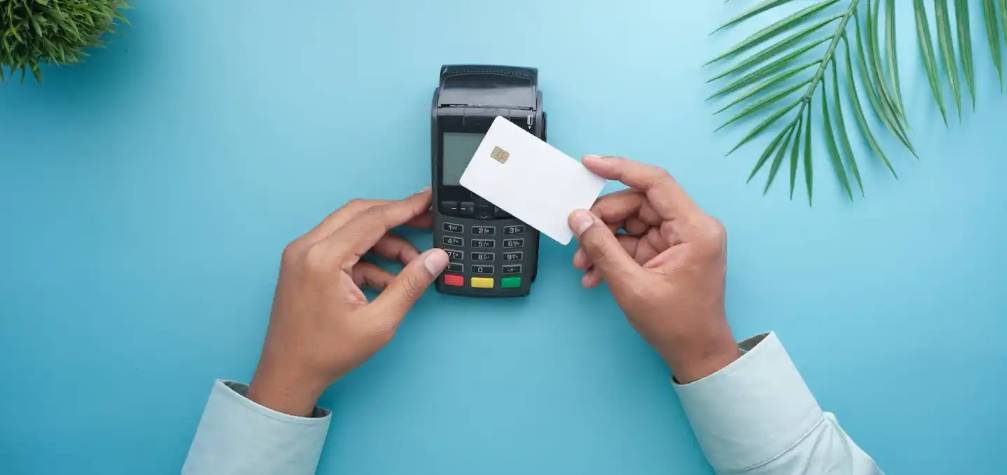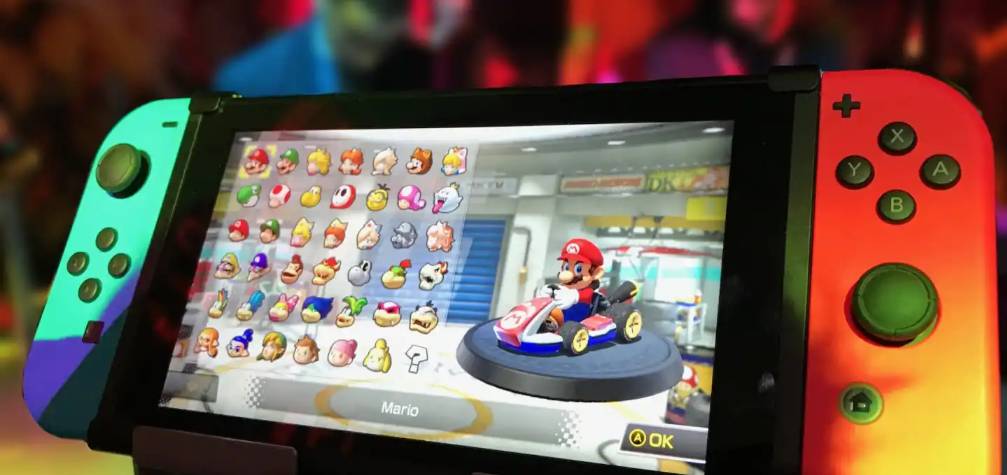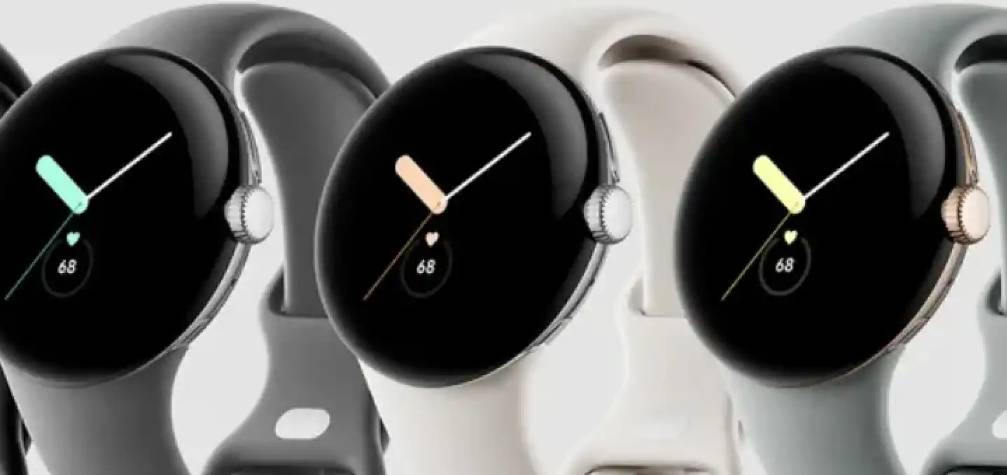NFC Technology: A Closer Look at Contactless Communication
6 min read
02 Jun 2025
Near Field Communication (NFC) technology is revolutionizing how we interact with devices and share information. In this article, we'll take a closer look at NFC, its applications, and the impact it's making on our daily lives as a convenient and secure form of contactless communication.
What is NFC?
NFC is a short-range wireless communication technology that allows devices to communicate when they are brought into close proximity, typically within a few centimeters. It operates on radio frequency identification (RFID) principles and is known for its simplicity and ease of use. NFC has gained prominence as a versatile technology with a wide range of applications.

Applications of NFC
NFC technology has found its way into various aspects of our lives. One of the most common applications is in contactless payments. Many credit and debit cards now come equipped with NFC chips, allowing users to make secure payments by simply tapping their cards on compatible payment terminals. Additionally, mobile payment apps, like Apple Pay and Google Pay, utilize NFC for convenient and secure transactions, transforming our smartphones into digital wallets.
NFC technology also enhances the user experience in the realm of smartphones. It enables quick and effortless pairing of Bluetooth devices, like headphones or speakers, by touching the devices together. This eliminates the need for complicated pairing processes and enhances the convenience of using wireless accessories. The seamless connectivity offered by NFC simplifies our tech-savvy lives.
Another exciting application of NFC is in the world of public transportation. Many cities have adopted NFC-based contactless payment systems for buses, trains, and subways. Commuters can simply tap their NFC-enabled cards or smartphones on readers to access public transportation services, making the daily commute more efficient. NFC's role in modernizing transportation is undeniable.
Secure and Convenient
One of the key advantages of NFC technology is its security. NFC transactions are encrypted and require close physical proximity, reducing the risk of unauthorized access. This makes NFC an ideal choice for contactless payments, where security is paramount. Users can trust that their financial transactions are protected.
NFC is also incredibly convenient. Whether you're making a payment, sharing contact information, or connecting devices, the simplicity of tapping or bringing devices close together streamlines processes and saves time. The seamless and user-friendly nature of NFC enhances its appeal across various industries.
Future Potential
The future of NFC technology looks promising, with exciting developments on the horizon. As more industries recognize its potential, we can expect to see further integration of NFC in everyday life. For example, NFC tags can be used for smart advertising, allowing users to tap a poster or billboard to receive more information or discounts. NFC's potential as a marketing tool is expanding.
Moreover, NFC can play a significant role in the Internet of Things (IoT). It can facilitate communication between various IoT devices, making our homes and workplaces smarter and more connected. NFC's ability to connect the IoT ecosystem is a testament to its adaptability and versatility.
Conclusion: A Contactless Revolution
In conclusion, NFC technology is at the forefront of the contactless revolution, offering secure and convenient communication solutions across various industries. As it continues to evolve and find new applications, NFC is set to further simplify our lives and enhance the way we interact with the world around us. With NFC, the future is contactless, and it's just a tap away. Embrace this technology, and you'll discover a world of seamless connectivity and endless possibilities.


